
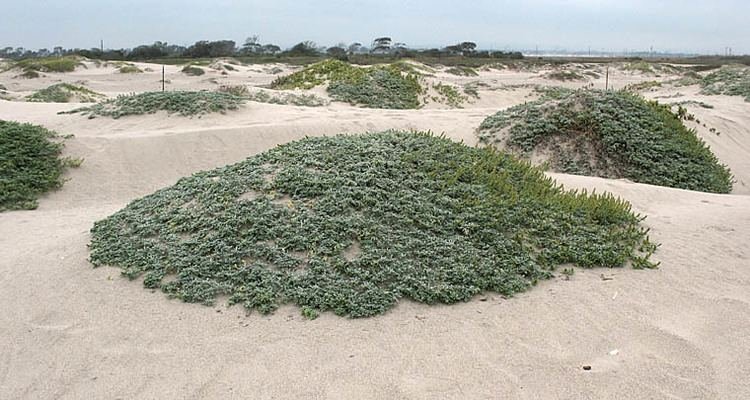
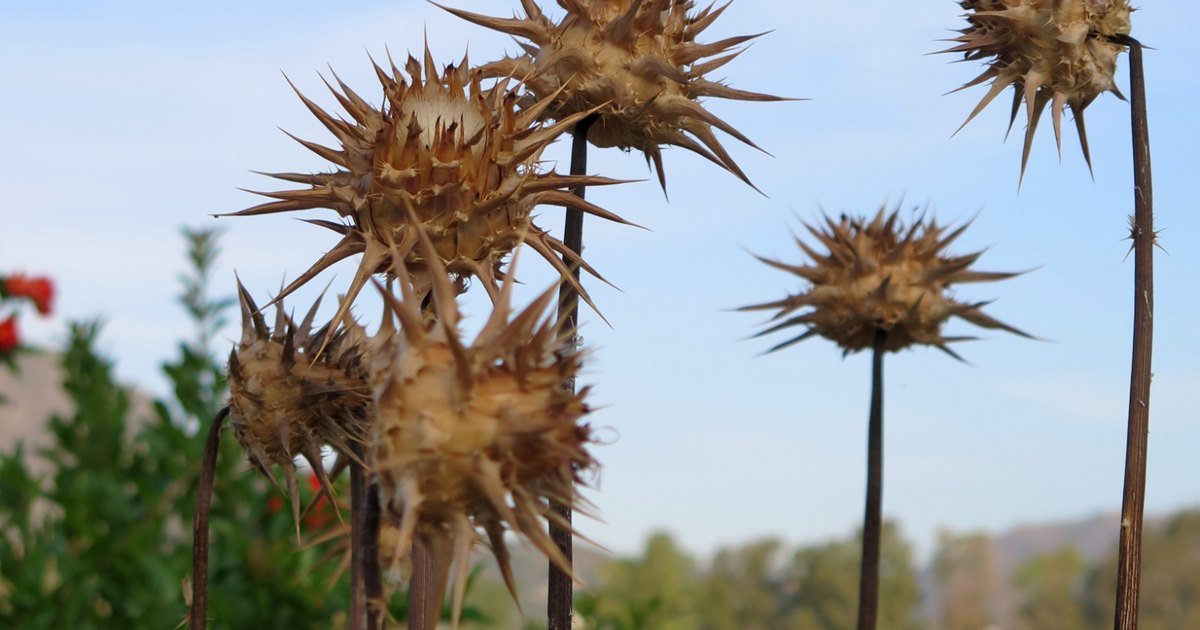

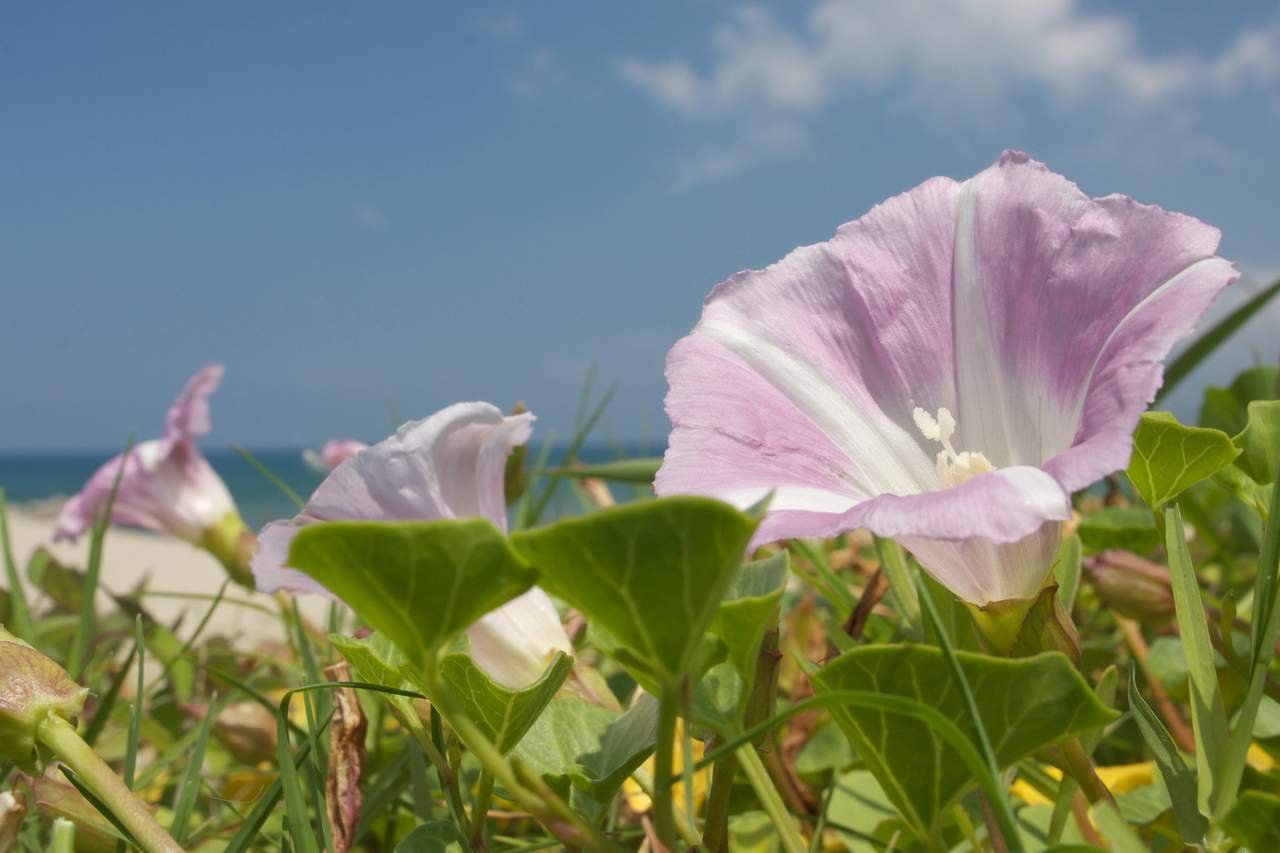

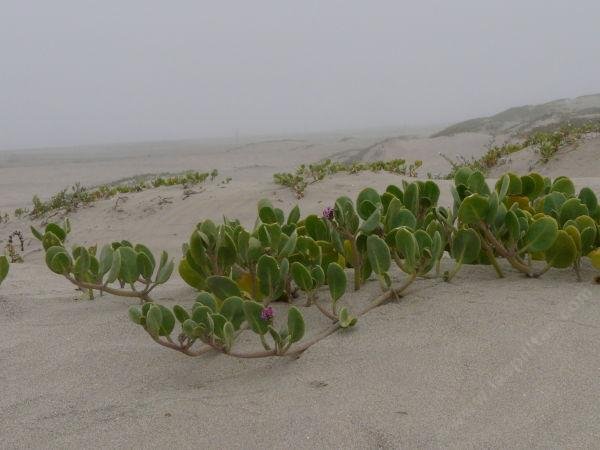
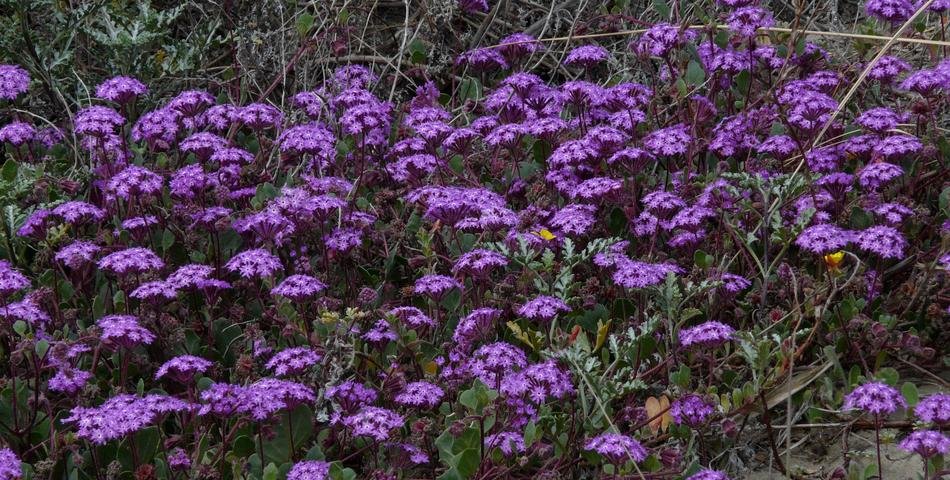
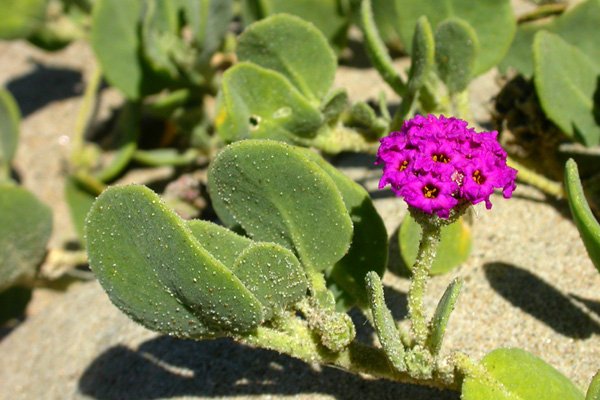
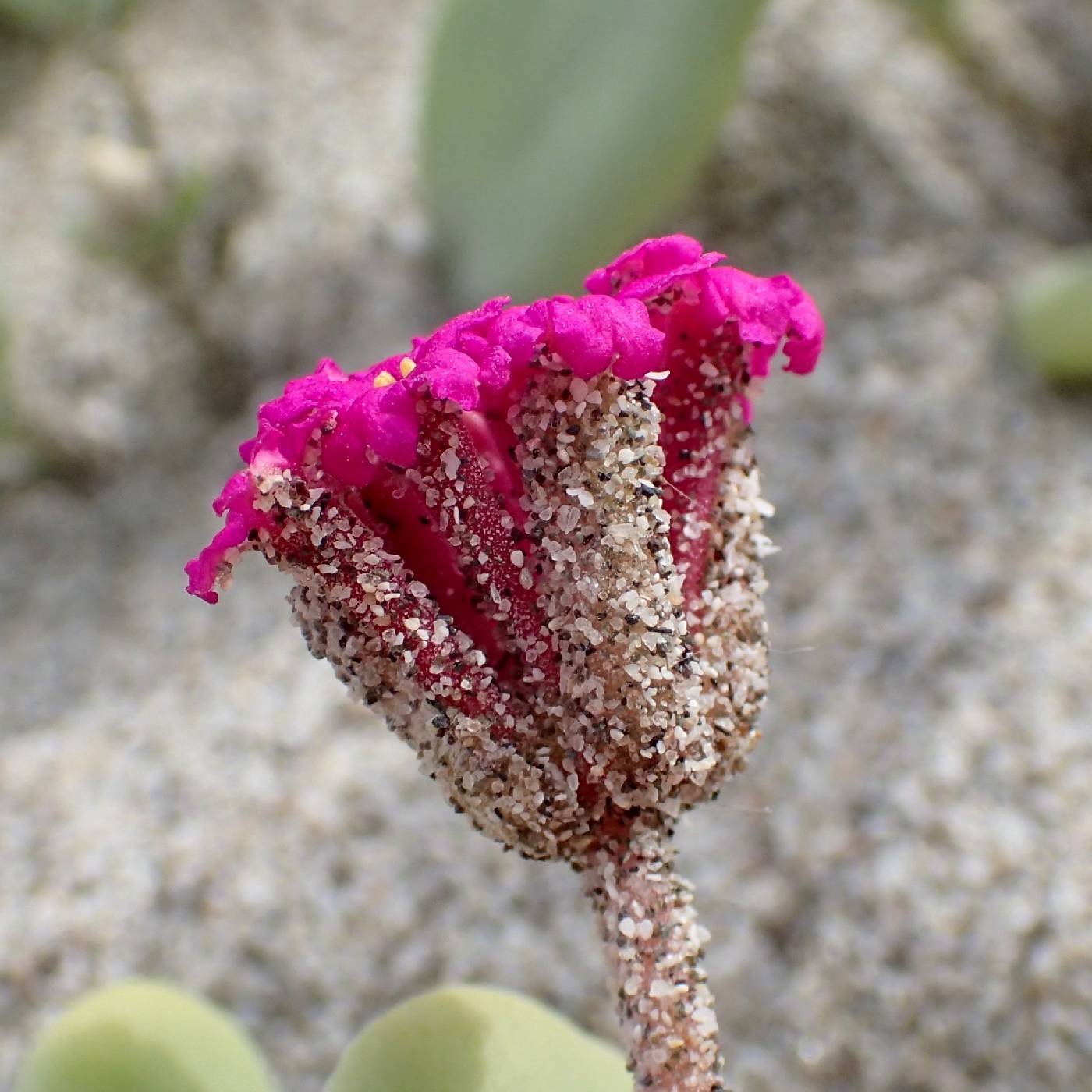
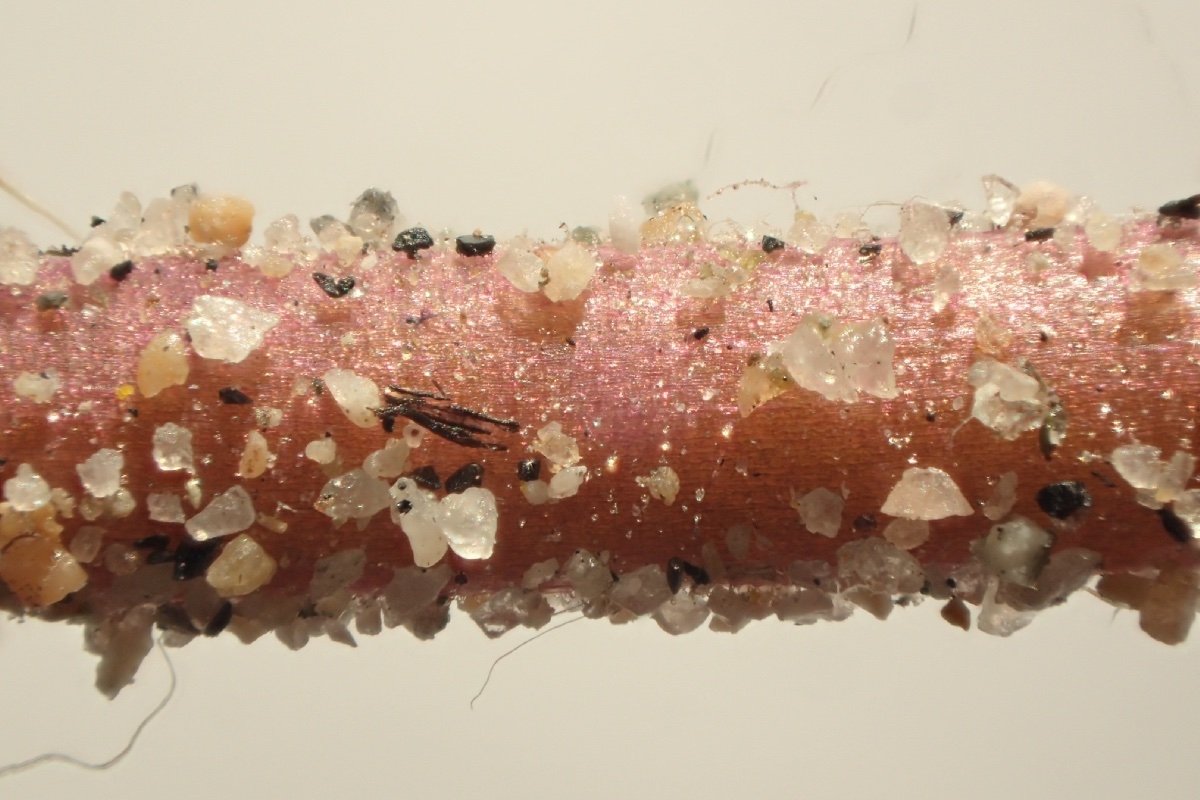

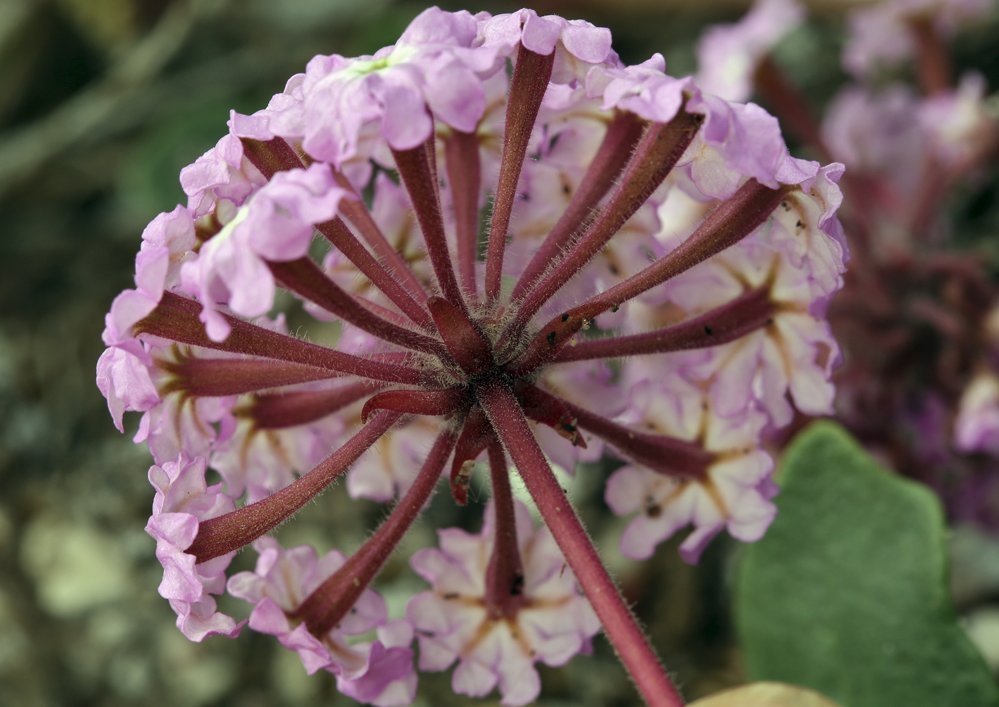
Dune species are some of my favorite plants for a number of reasons. To begin with, who can complain about a day spent working and researching on the beach? However, in growing dune species a person comes to understand why they are so vulnerable to human disturbance. They can be tricky to germinate, don’t like confined spaces (such as one-gallon pots) and may or may not be perennials. And, they need careful handling.
For example, Ambrosia chamissonis. Such a pleasantly deceptive name for thorn-ridden silver ragweed that beach goers step on only once! While it is problematic to handle while sowing, it does germinate readily…most of the time. Then there’s the Calystegia soldanell, the pretty dune morning-glory that loves to send out long tendrils, twisting and curling around its neighbor making it all but impossible to rotate the pots. Great for stabilizing the dunes, problematic in the nursery.
One of the most beautiful and confounding species is the Abronia, or sand verbena. Two species are found in Southern California. Red sand verbena, Abronia maritima, is a perennial found on the coast growing as low-lying mats on loose sand a.k.a. sand dunes. Pink verbena, Abronia umbellata, can be stress-deciduous (meaning a plant can go dormant because of stress like drought) and can be annuals or perennials. It can hybridize with the perennial red sand verbena making identification and challenging, not to mention is the progeny annual or perennial?
This is why I love to find and grow plants; always a puzzle, something to figure out and the diversity, resilience and complexity of the plant world is endless. It’s also a huge boost to share dune-plant lore and see our students get interested and excited about these wonders hidden in plain sight. —Karen Flagg